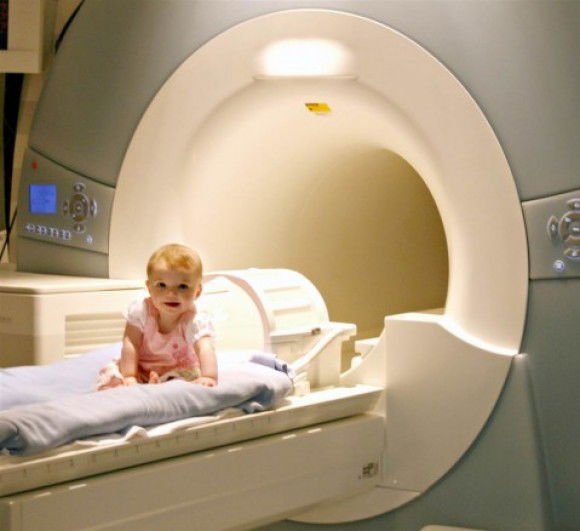Health
MRI scans can predict babies at risk of autism

New York, Feb 16: Magnetic resonance imaging (MRI) of babies at 6 and 12 months with older siblings with autism may correctly predict 80 per cent of those infants who may develop it at two years of age, researchers have found.
Siblings of children diagnosed with autism have a higher risk -- one out of every five births -- of developing the disorder, compared to those in the general population.
"Typically, the earliest we can reliably diagnose autism in a child is age 2 when there are consistent behavioural symptoms. But in our study, brain imaging biomarkers at 6 and 12 months were able to identify babies who would be later diagnosed with autism," said Annette Estes, Professor at University of Washington.
People with autism spectrum disorder (or ASD) have characteristic social deficits and demonstrate a range of ritualistic, repetitive and stereotyped behaviours.
Brain scans showed that children with autism had a faster brain surface growth rate between 6 and 12 months as well as a faster growth rate of overall brain size between 12 and 24 months, compared to children without autism.
For the study, published in the journal Nature, a team led by researchers from the University of North Carolina, Chapel Hill, analysed -- MRIs of brain volume, surface area, cortical thickness at 6 and 12 months of age, and sex of the infants -- and used a computer programme that identified approximately 8 out of 10 infants who later developed autism.
They tracked differences in brain development among three groups: infants with a high family risk (i.e., older sibling with autism) who were later diagnosed with autism at age 2 years, infants with a high family risk who did not have autism at age 2 years and infants with a low family risk who did not have autism at age 2 years.



































